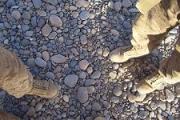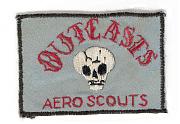Almost all Army ground team leaders/NCO's in Iraq now have PRR equivilant. We actually bought (or were loaned) a lot of the actual UKo nes in OIF 1 due to our shortages.
I never understood why it took a war and tons of soldiers buying motorola radios out of pocket to figure out the obvious - urban combat requires a lot of radios due to the terrain if you want to operate effectively. The US Army saw the light in early 2004 and by 2006 when I returned they were densly fielded.







 "A Sherman can give you a very nice... edge."- Oddball,
"A Sherman can give you a very nice... edge."- Oddball, 




Bookmarks